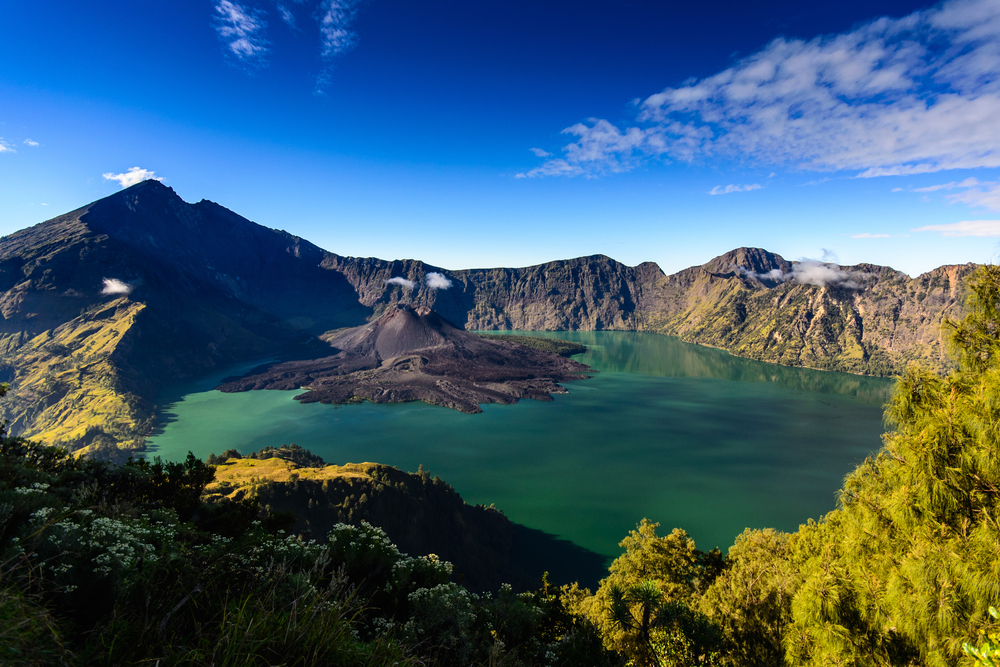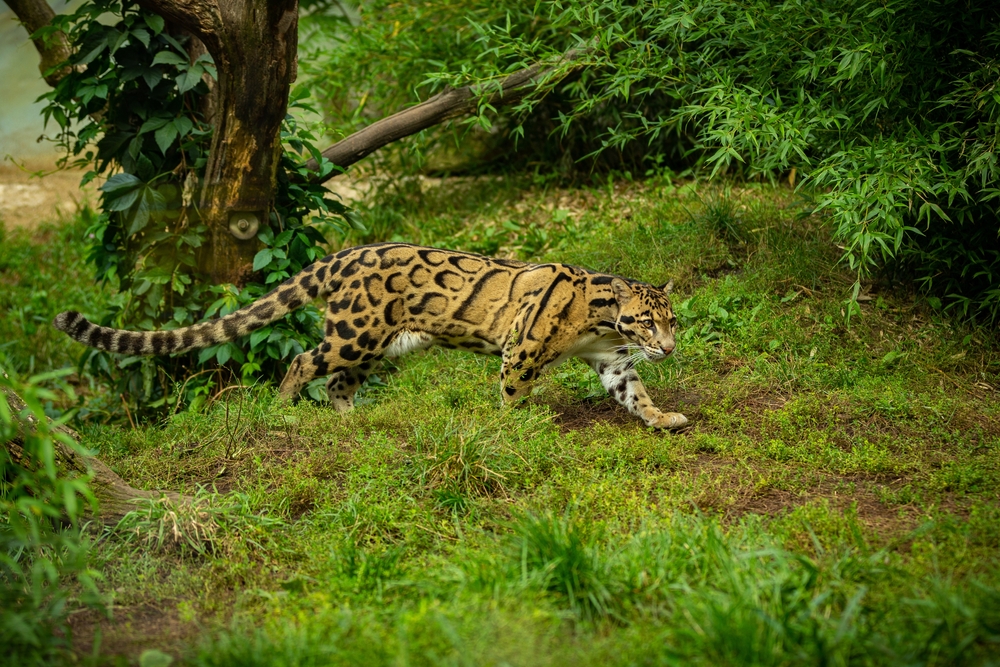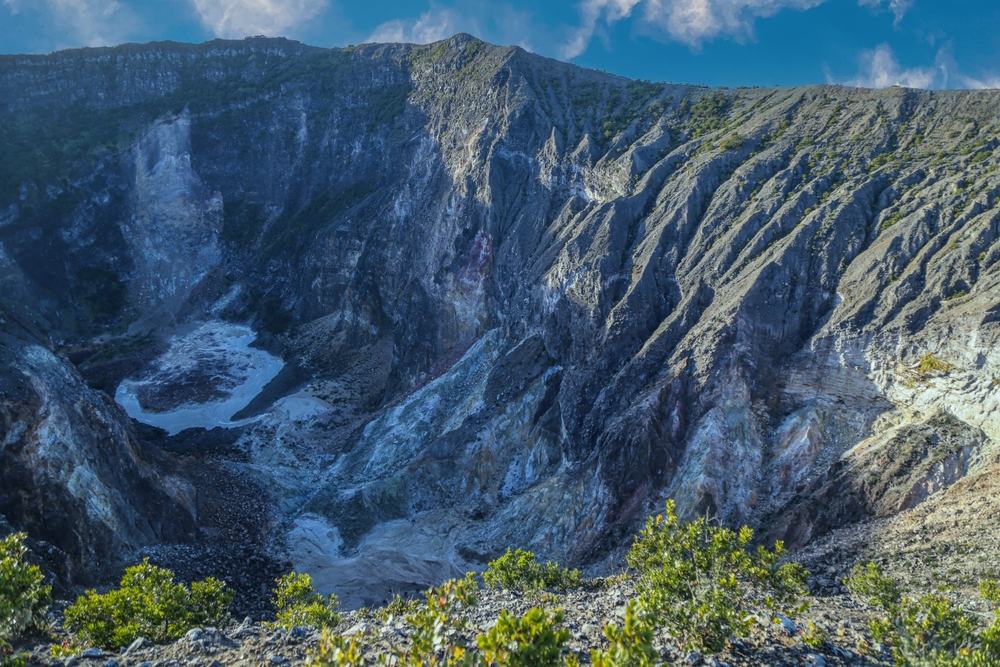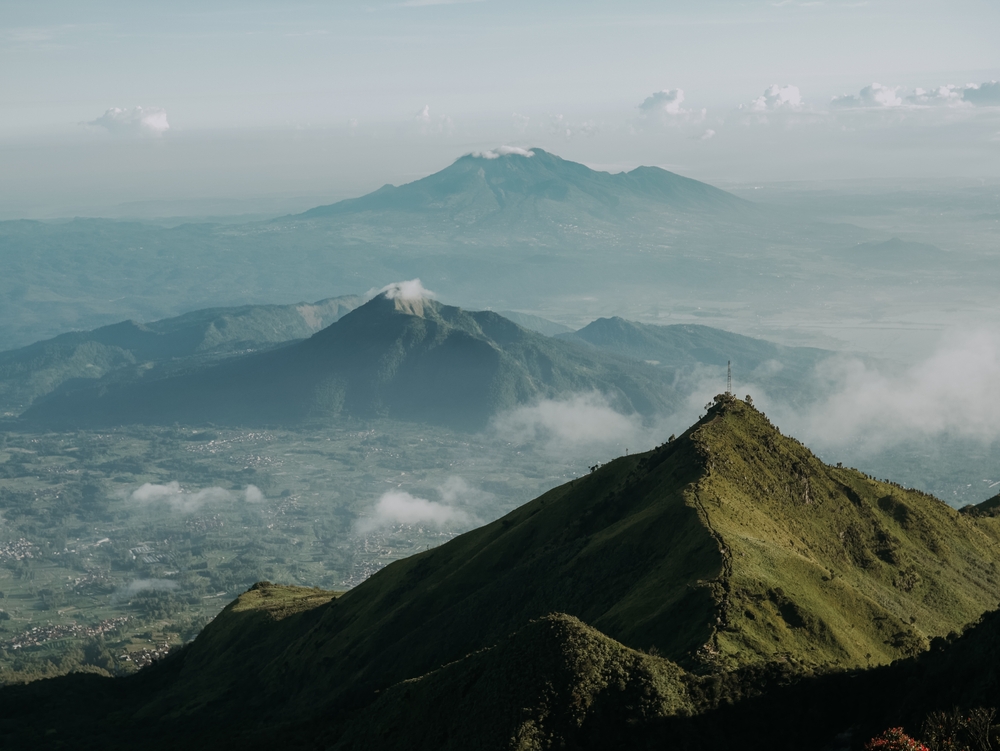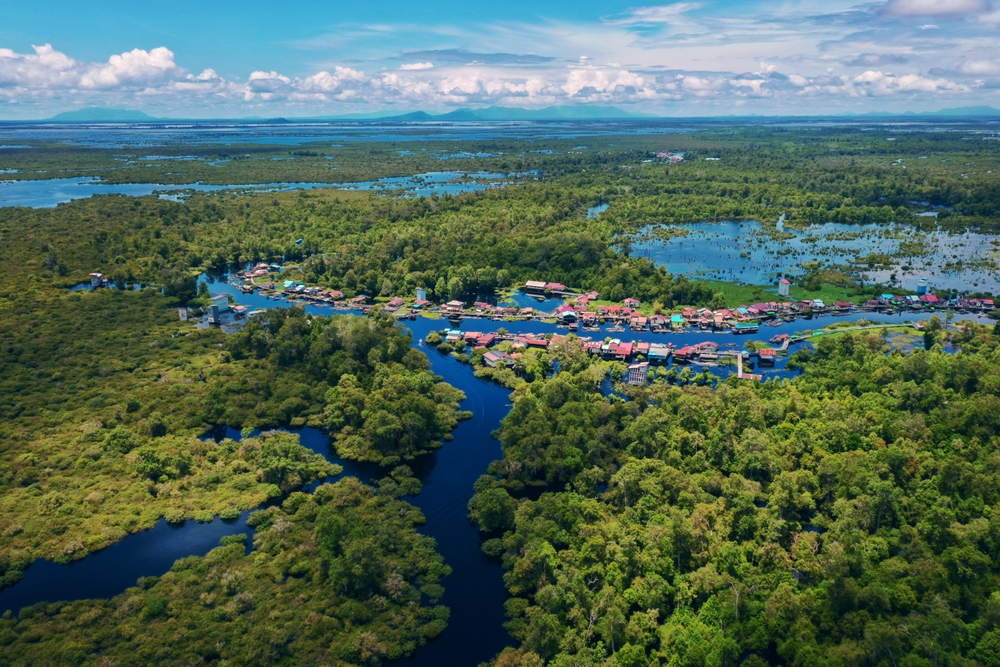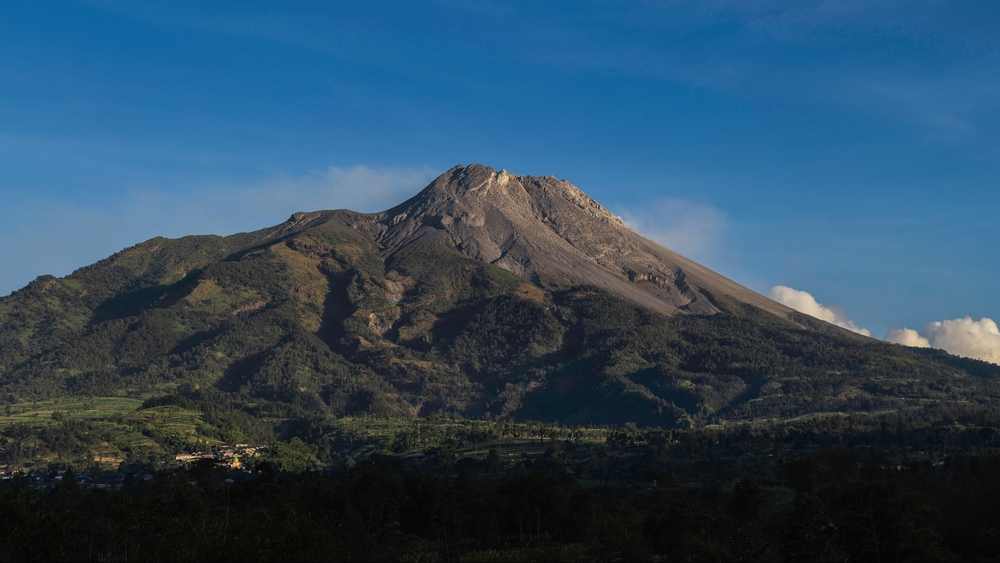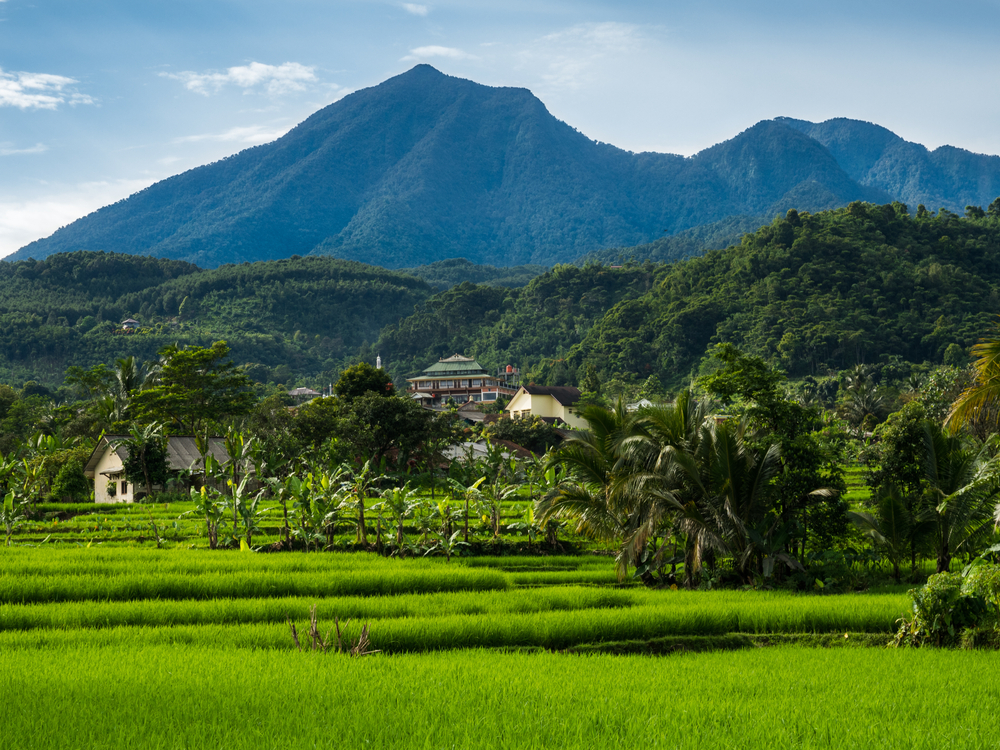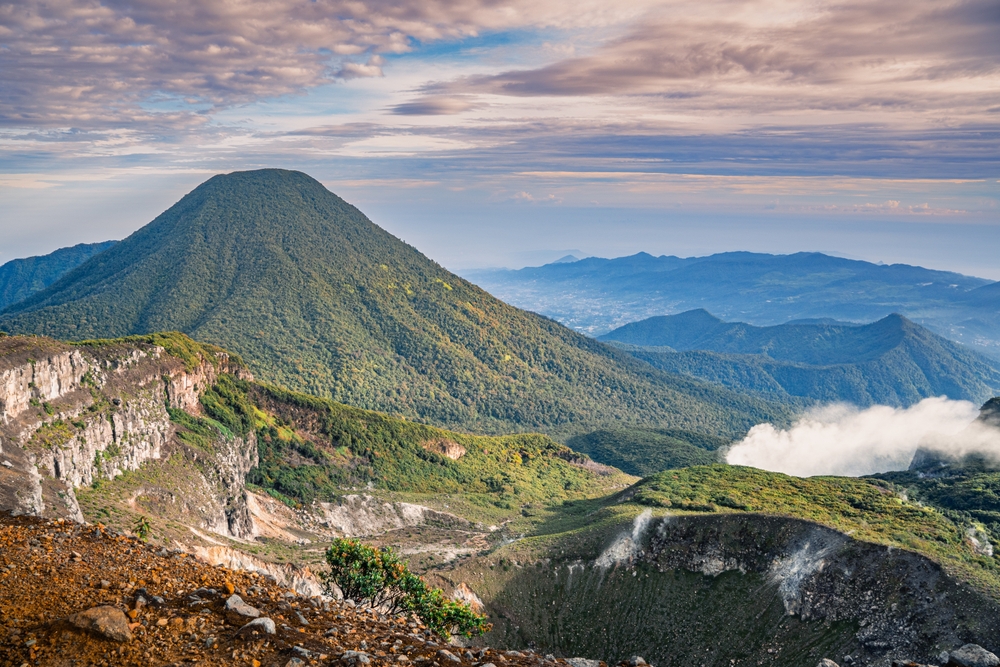Mount Rinjani Overview
Mount Rinjani National Park, or Taman Nasional Gunung Rinjani in the local Indonesian language, spans approximately 161.9 square miles (419.1 square kilometers) on the island of Lombok in Indonesia. This remarkable park is dominated by Mount Rinjani, a towering active volcano that rises to 12,224 feet (3,726 meters), making it the second-highest volcano in Indonesia.
The park is renowned for its diverse landscapes, ranging from lush tropical forests and savanna grasslands to barren volcanic slopes and crater lakes. At the heart of the park lies Segara Anak, a stunning crescent-shaped crater lake, whose turquoise waters are encircled by jagged volcanic ridges.
The lake is fed by hot springs and small waterfalls, such as Sendang Gile and Tiu Kelep, which are popular stops for trekkers. The summit of Mount Rinjani offers breathtaking views of Lombok, Bali, and even Sumbawa on clear days.
The park’s vegetation is equally diverse, reflecting its range of altitudes and microclimates. Lower elevations are covered in dense tropical forests with towering trees and an understory rich in ferns, orchids, and mosses. Higher up, the terrain transitions to alpine meadows, dotted with edelweiss and other high-altitude flowers.
These varied ecosystems are home to an array of wildlife. Visitors may spot long-tailed macaques, ebony leaf monkeys, and barking deer in the forests, while civets and porcupines are more elusive residents. Bird enthusiasts are often delighted by the sight of vibrant Javan kingfishers, black eagles, and the critically endangered Flores scops owl, a species found only in this region.
Mount Rinjani National Park is a haven for adventurers and nature lovers. Trekking is the most popular activity, with routes varying from multi-day climbs to the summit to shorter hikes through the surrounding forests and waterfalls. The Rinjani trek is renowned for its challenging yet rewarding experience, featuring rugged trails, breathtaking vistas, and encounters with local Sasak culture.
Some trekkers also enjoy camping along Segara Anak, where they can soak in hot springs or fish in the lake. Spiritual rituals often occur in the area, as the Sasak and Balinese Hindus consider the mountain sacred.
Despite its natural beauty, the park faces significant conservation challenges. Over-tourism, trail erosion, and littering have placed strain on the environment, while deforestation and illegal hunting threaten its biodiversity.
However, collaborative efforts between the Indonesian government, local communities, and conservation organizations have led to initiatives such as regulated trekking permits, trail maintenance programs, and community-based ecotourism projects. These measures aim to balance the needs of conservation with sustainable tourism, ensuring that future generations can enjoy this extraordinary landscape.








































































